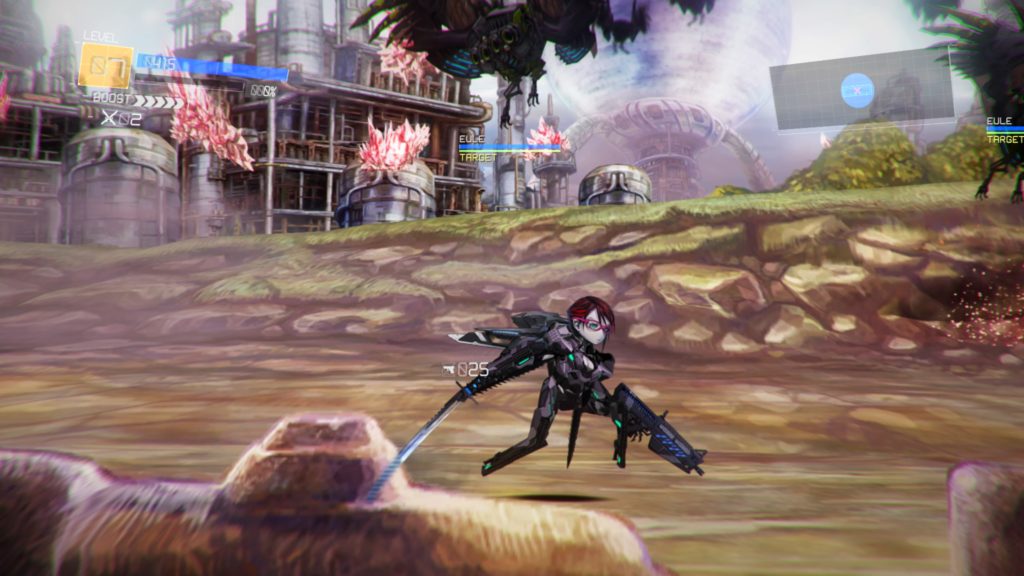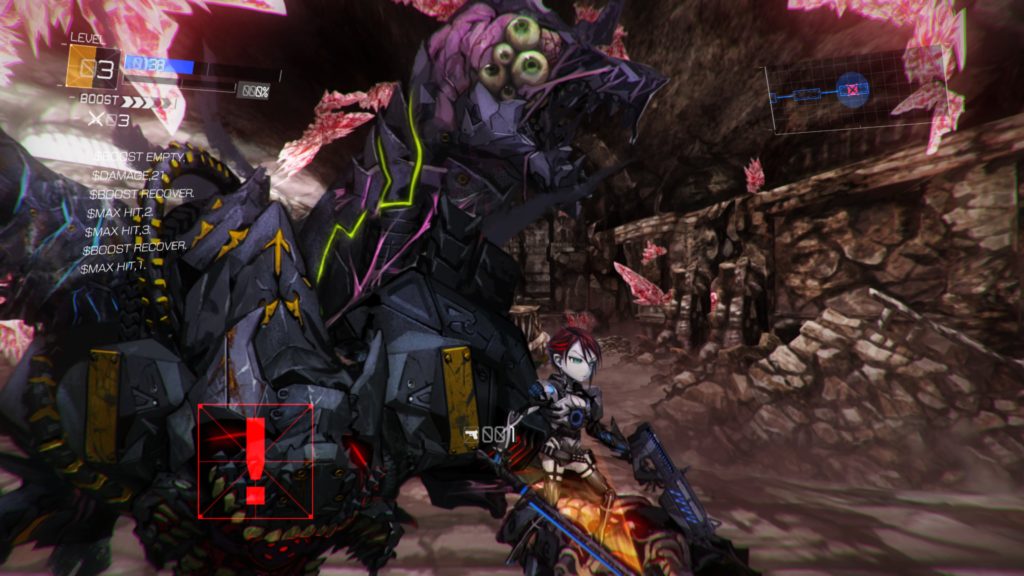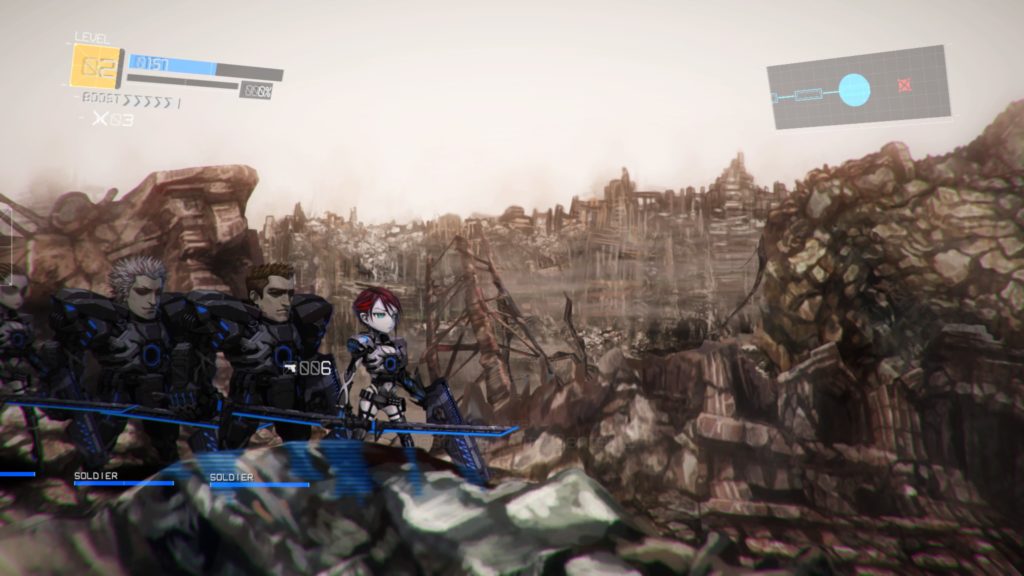- Genre: Action
- Platform: PS4
- Also Available On: Windows, Xbox One
I spent most of my time playing this in a state where I wanted to enjoy it and generally was enjoying it, and then I’d hit a boss battle and no longer be enjoying it. It wasn’t that the bosses were hard, but they just weren’t fun. I puzzled on it a bit, but when it hit me what was really feeling off to me, I knew it was time to shelve the game.

I really wanted this to fit into that sort of Odin Sphere / Muramasa slot in my brain, and for a while it did. Its combat is pretty similar in core focus. You’ve got a main melee chain, the ability to rapidly dodge, and a way to set enemies into temporary stun states. For the first couple of hours, that was more than enough to be fun. I was going around getting comfortable with chains, getting comfortable with some of the basic enemy types, getting comfortable with the overall flow of the game.
Outside of combat, the game has both solid gearing and skill setup that I was enjoying a lot. Gearing is purely crafting-based, but had a solid number of archetypes to choose from. Guns could range from shotguns to rifles to uzis. Swords could be different lengths and weights. Overall it allowed me to craft in a direction that fit my favored play style. The skill setup was the more interesting part. Skills are basically two parts, earning it and the ability to equip it. Equipping is purely having enough available resources to do so, but the resources to do so came purely out of killing enemies in the world. The skill earning itself came from completing missions quickly. Those two in conjunction led to a place where you would identify the missions that currently had the skills you wanted to get combining into then completing them with full exploration to maximize your resource gain. The overall flow that came out of that reminded me a lot of something that honestly would have worked well on the Switch. You can play this game for minutes or hours, and in both cases you can complete some number of that core game loop to at least make valuable forward progress no matter the case.

So at this point you may be wondering why I shelved it. Over time I was noticing that on occasion I was getting into places where my dodges were missing when I was surrounded by enemies. For a while I chalked it up to multiple enemies causing me to get into stun states or something to that effect, and figured I just needed to be more careful. I then started noticing it happening on bosses, so I began to experiment a bit. What I ended up figuring out is that it was doing such aggressive button caching that I would be able to queue up multiple attacks in my chain ahead, and then not be able to interrupt that to dodge. When a dodge may only give you fractions of a second to execute it, having that all backed up behind attacks was deadly and it completely changed how I was approaching the game.
When I can’t cancel out of an attack into an immediate dodge, I go straight into Souls mode, and frankly I don’t like that kind of gameplay. Rather than aggressively attacking, I sit back and wait. I look for tells, then do my dodge in isolation, then get a few safe quick attacks in and back off. It’s slow. It’s frustrating. It’s boring. But, it’s safe. When playing aggressively results in death and significant time loss, it’s not a decision. You just play safe. Sure, I could grind away in side missions and power my way through, but that’s also not particularly fun. When I shelve games it’s usually a single cause – a small mechanic, something dumb that just gets under my skin. This was it. If I was going to be playing slow just to not die, why am I playing the game?

Like most games I shelve, I’m not really shelving the game because it was bad. It’s ultimately because the developers made a decision I didn’t like, so that’s kind of the way it is. On the other hand, I wonder how much more I’d be enjoying those moments given a dodge that guaranteed immediate fire and interrupted whatever I was queued up to do. That small of a change is often the difference between me liking a game or not, and in this case it went the wrong way.


